Click the image above to read my essay!
Hello friends, neighbours and fellow bloggers. Before I get into this post, you all may be wondering, Amelia, where have you been? It’s been soooo long since your last blog post. Well, besides the summer in between my grade 9 and now grade 10 year, sadly, the program that allows me to write all these amazing blog posts and experience so much was cancelled. With the help of my friends and family we were able to save the Humanities part of our Performance Learning Program, so though you will not be seeing as much of me with my posts, there will still be some updates about what I’m learning in PLP “Humanities 10”.
As our first project in Hum 10, we’ve been studying the the Interwar Years, which is the gap between World War One and Two. Several very significant events took place during this period in history, including the Stock Market Crash of 1929, the Great Depression, the Roaring Twenties, Communism, and so much more. We learned a lot about America and Canada through these interwar years and branched out to across the world to Europe, following the results of WW1 and the buildup to WW2. My specific topic that I ended up choosing was the Italian dictator Mussolini and the rise of Fascism in Italy.
The DRIVING QUESTION for this unit was:
What makes a historical event significant?
LAUNCH!
Our first phase in this project was the LAUNCH phase. Following traditional PBL learning styles, I will be dividing this post into the sections that we progressed through during our project!
The LAUNCH phase initiates a project by inspiring people to think about potential topics or pitches for whatever they have been introduced to. In this case, logistically we were asked to write a 5-paragraph essay about our particular topics from the interwar years. This phase was all about figuring out which parts of history we wanted to study and write about, and also recapping about the events that took place when WW1 ended, like the The Treaty of Versailles.
As we progressed and chose our topics, we also made a know and need to know document, which detailed what we still needed to figure out about our projects and what we were clear on.
Building Knowledge
The Building Knowledge phase sort of lasts throughout our entire project, as it is the place where we accumulate our general knowledge about the Interwar years, do extra activities, and learn more about the other significant events in our selected time period. We started off by making Keynotes about our subjects to help us develop a general idea of what we wanted to write our essay on. This really helped me kickstart my research process, and I actually discovered most of my information whilst making this keynote presentation.
During this time, we also made a little presentations about factors leading up to the Great Depression, watched a couple videos about America and Canada during the interwar years, and did a few more activities.
One of my favourite extra activities we did was a protest or some sort of request for change on a specific topic or issue in the world. I chose to make a poster for a petition to improve the bus route that I take to school every day.
Check it out on the right!
Most importantly, we learned about citing our sources, which was another focus of this unit. In order to prepare for when we must write professional essays in post-secondary or workplace environments, it is important to know how to write proper source citings. We created annotated bibliographies, where we explained a bit more about our sources and how we found them. During this time, we used MLA source formatting to cite, which we sort of had an introduction to last year. Though MLA citing isn’t the most exciting thing, it is handy to know for the future.
Develop and Critique
By this time, things were coming together fairly well. Our first draft of the essay was due on Oct. 7th, after we had created some outlines for them with our peers. Soon after, the second draft was due. I was on pretty good track with my essay by this time, actually largely in thanks to the keynote I made. After writing the outline, it was simply a matter of rewriting, extending, and formatting my work properly.
We also looked into writing a proper thesis, conclusion and topic sentence for our paragraphs and entire essay. After doing some exercises in thesis writing, I learned that it was incredibly hard to come up with a decent thesis!
A thesis statement is supposed to encompass your essay and argue your point succinctly and eloquently at the beginning. I had a knack of making my thesis too long, but luckily, I was able to summarize a but better and make my thesis statement much more precise.
Besides essay formatting, we did a quick look-over at proper punctuation. This was in the form of a couple worksheets and pretty easy. With all of this new formatting and proofreading material under our belts, we were ready to write our second drafts, and then our third. Eventually, after we had finished our several drafts, I believe that everyone crafted a decent, polished essay that conveyed their points properly.
Present and Reflect
Of course, with our program, this doesn’t mean it’s over yet! Even with the essay drafts done, we were required to create a 10-minute presentation that pitched our ideas to the class, and come up with a fun and engaging activity for everyone to play.
At first, I was pretty stuck with what I was going to do. Fortunately I came up with the ides to do a timeline activity, something that we have done a couple times before in this class. I wrote several important dates in Mussolini’s life on the board, and asked the class to place them accordingly on the timeline. I left hints, such as dates when important wars ended or began, so that they could get a couple main questions correct and then fill out the rest of the timeline. This activity ended up taking up my whole ten minutes, but at the end of the class I was able to quickly do a Kahoot that I created Along with participating in everyone else’s presentations, this was probably a highlight of the unit! It was so interesting and fun to see what everyone came up with for their activities.
In conclusion… this unit has been incredibly fun and I’ve enjoyed learning about the interwar years quite a bit. I have always been interested in Mussolini and never really knew who he was, and the opportunity to learn more about him and Fascism is something I am so glad I decided to educate myself about.
Though I found writing thesis statements quite difficult, I’m glad I managed to tackle mine in my essay and I hope this helps me fare better in the future when trying to write them. Overall, I think this was a successful essay and unit as a whole, and I cannot wait to see where Humanities 10 takes us next!





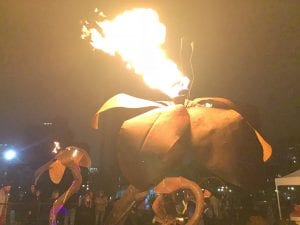
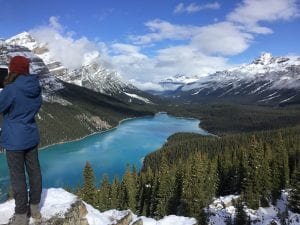

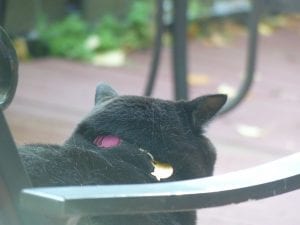
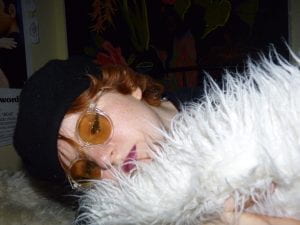
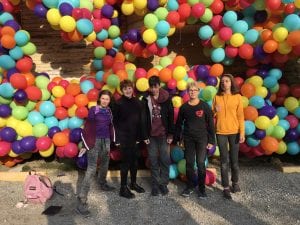
Leave a Reply